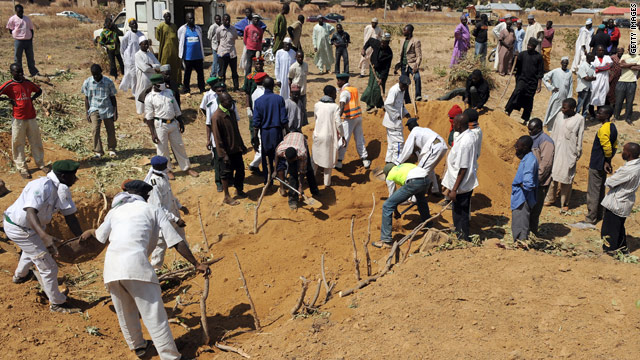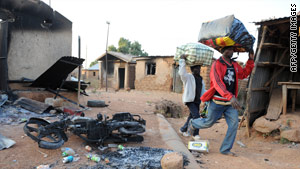Novelist takes the baton in restoration of historic Atami villa

(Mainichi Japan) January 24, 2010
Novelist Yasuhide Saeki has taken over the historic holiday house of Shigeo Iwanami, the late founder of Iwanami Shoten Publishers, and will begin full-scale restoration of the structure from this spring, it has been learned.
The structure, named Sekireki-so, is located in Atami, Shizuoka Prefecture. Built in the style of a tea ceremony house, it is regarded as a masterpiece of the architect Isoya Yoshida, who is known for designing the Kabuki-za theater that was rebuilt in Tokyo after World War II.
The Sekireki-so was completed in September 1941, and it was a resting spot for many cultural figures during and after the war. In recent years, however, it has remained largely unused.
Saeki's connection with the Sekireki-so came from his workplace being located nearby in Atami. Several years ago he heard that a search was on for someone to take over the home. Fearing that it would not survive as a cultural asset if it passed into the hands of a developer, Saeki purchased the premises and adjacent land -- an area of about 2,900 square meters -- two years ago.
Around the structure are gently curving narrow stone steps. The entrance, which consists of only a wooden door and sliding screen, is simple enough to be mistaken for a back entrance. Opening the fusuma panels in the Japanese room beyond the entrance reveals a breathtaking view of the outside scenery. In the distance beyond the open garden is the blue sea, and Hatsushima Island. The home is not too far away from the bustling hot spring district of Atami, but it feels like time has been frozen for 70 years.
In the center of the garden are two sawtooth oak trees. One of them, supported by poles, has been there from the time the home was built. At the time, Iwanami requested that the sea be visible from all rooms in the home. He also asked that that none of the trees be cut down, and Yoshida fulfilled both requests. The name "Sekireki-so," which is made up of the characters for "pity," "sawtooth oak" and "cottage" evolved from this anecdote.
No luxuries have been spared in the materials for the home, from the black granite bath to the parquet-style flooring and tokonoma shelves, and one can sense the watchful eye of both benefactor and designer in the planning, down to the finest details. The black Nachi pebbles used for a rain drain were brought in from an old home in Kyoto, as new pebbles would have detracted from the intended atmosphere.
The opening from the living room to the garden offers a surprise: there are four screens -- a shoji, glass door, screen door and shutters, all of which slide into a shutter pocket and disappear from view. The glass door slides easily across the frame and the shutters close tightly like pieces of a puzzle, revealing the skill of the joiner.
A number of famous cultural figures such as the politician Yukio Ozaki, who earned the title of "the father of parliamentary government," author Rohan Koda, poet Kotaro Takamura, and novelist Naoya Shiga were invited to the Sekireki-so, where they wrote manuscripts, and spent a leisurely time in hot springs. It was also at the Sekireki-so that editing work of the well-known "Kojien" Japanese dictionary was carried out, and Polish film director Andrzej Wajda was said to have once made a sketch in the rain there.
"There was the option of leaving the holiday home as it was, but that would result in the home soon falling apart, starting from the damaged sections," Saeki says. "The aim of repair and maintenance work is to preserve it for a long time while maintaining the home's current appearance."
The structure will be temporarily dismantled and reinforced from the ground, and it will then be restored to its original form. With the exception of some of the flooring in the bathroom which is badly damaged, nothing will be added or taken away, Saeki says.
Participants in the restorative work will include Motoyoshi Itagaki, 69, an architect who trained under Yoshida; a master carpenter with restoration experience; and Mizusawa Komuten, a company that has an established reputation in work on structures built in the style of tea ceremony houses.
"Last year I focused on things different from my normal routine, like creating a design map for the restoration work and conducting geological surveys. I also studied architecture with my daughter and made discoveries. It takes time and money, but I want to spend time thinking about how I can give something back to society," Saeki says. "Shigeo Iwanami was the 'master of Sekireki-so' but I guess I'm the 'minder of Sekireki-so.' "
With the renovation efforts, it seems that the architectural dream which two masters -- Shigeo Iwanami and Isoya Yoshida -- had 70 years ago has been passed on to a bestselling author of the Heisei era.




